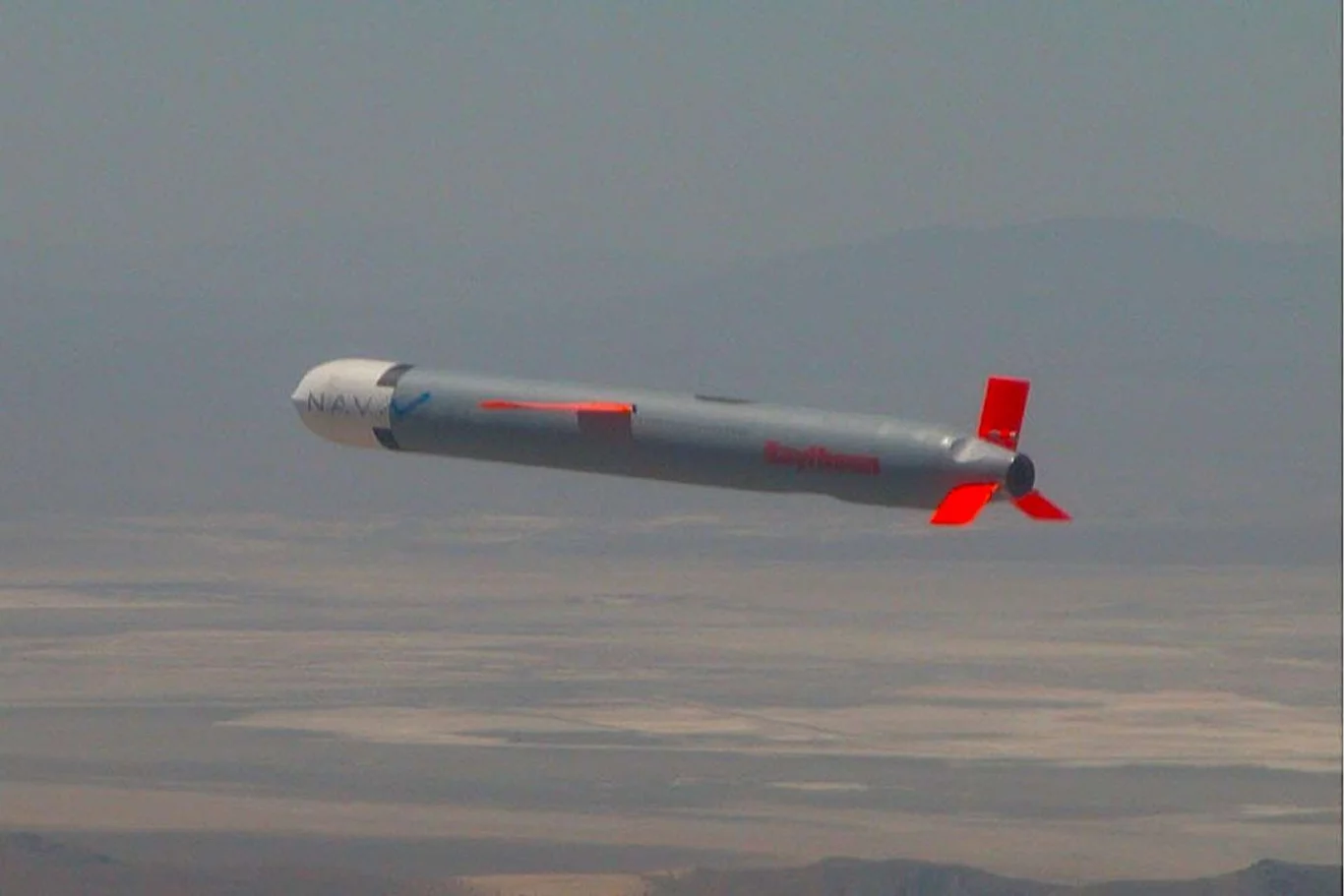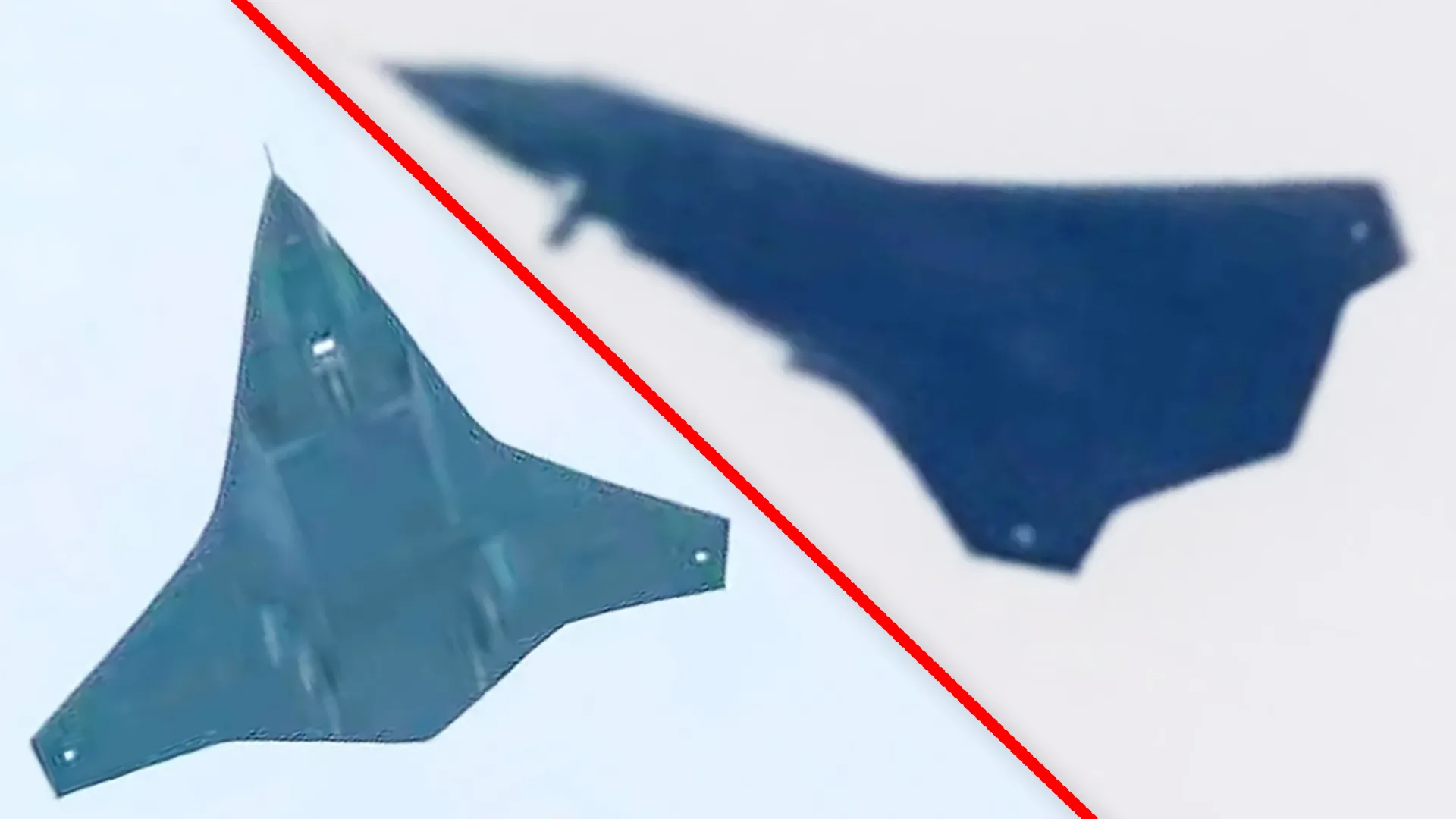The ongoing conflict in Ukraine has been a stark reminder of the critical role that advanced weaponry plays in modern warfare. From precision artillery to sophisticated air defense systems, each new capability introduced to the battlefield has the potential to alter the dynamics of engagement. In a development that could mark a significant escalation and open a new phase of the conflict, reports suggest that the United States is reportedly on the verge of clearing the transfer of Tomahawk cruise missiles to Ukraine. If confirmed, this decision would represent a substantial upgrade to Ukraine’s deep strike capabilities, potentially allowing them to target Russian assets and infrastructure far behind the front lines with unprecedented accuracy.
The Tomahawk: A Symbol of Long-Range Precision
The Tomahawk Land Attack Missile (TLAM) is not just another weapon; it’s an iconic symbol of long-range precision strike capability. Developed by the United States, this subsonic cruise missile has been a staple in the arsenals of the US Navy and Royal Navy for decades, proving its effectiveness in various conflicts around the globe. Its reputation is built on its ability to travel hundreds, even thousands, of kilometers, navigate complex terrain using GPS and terrain-contour matching, and deliver a conventional warhead with pinpoint accuracy to static targets.
The operational history of the Tomahawk is extensive, featuring prominently in conflicts from the Gulf War to more recent engagements in the Middle East. It’s often the weapon of choice for the initial phase of military campaigns, designed to neutralize high-value targets such as command and control centers, airfields, port facilities, and critical infrastructure, thereby degrading an adversary’s ability to wage war. Its launch platforms are diverse, primarily from surface ships and submarines, offering a stealthy and survivable means of projection.
Current Ukrainian Deep Strike Capabilities
Currently, Ukraine has relied on a mix of domestically produced and internationally supplied weapons for its long-range strikes. While systems like the HIMARS (High Mobility Artillery Rocket System) have proven incredibly effective in striking targets dozens of kilometers behind the front lines, and longer-range systems like the Storm Shadow/SCALP-EG cruise missiles (supplied by the UK and France) have expanded this reach, the potential introduction of Tomahawks would represent a qualitative and quantitative leap.
The Storm Shadow/SCALP-EG missiles, with their stealth characteristics and range, have allowed Ukraine to hit important targets, including the Crimean bridge infrastructure and Russian naval assets. However, their numbers are limited, and the potential range of Tomahawks could offer a broader strategic reach, depending on the variants supplied and their specific capabilities. The Tomahawk’s inherent flexibility in launch platforms, particularly if adapted for land-based systems or integrated with existing naval assets, could further enhance Ukraine’s strategic options.
What Tomahawks Could Mean for Ukraine
The implications of Ukraine acquiring Tomahawk cruise missiles are profound. Firstly, it would significantly extend the range and precision of Ukrainian deep strikes. This could put virtually all Russian-occupied territories, including Crimea and possibly even targets within Russia’s internationally recognized borders (depending on agreed-upon restrictions), within reach. Such a capability would force Russia to reconsider the security of its logistics hubs, command centers, airfields, and naval bases, which are currently operating with a degree of perceived safety far from the front lines.
Secondly, the psychological impact on Russian forces and planning would be considerable. Knowing that such advanced and precise weapons could strike deep into their rear echelons would undoubtedly create a new layer of vulnerability and complicate their operational planning. It could also force Russia to disperse assets, relocate critical infrastructure further east, and invest more heavily in sophisticated air defense systems, thereby straining their resources.
Thirdly, from a strategic perspective, the introduction of Tomahawks could open up new avenues for Ukraine to exert pressure on Russia. By threatening targets of high strategic value, Ukraine could potentially create leverage in future negotiations or disrupt Russia’s ability to sustain its military operations over the long term.
Potential Challenges and Considerations
While the prospect of Tomahawks is exciting for Ukraine, there are significant challenges and considerations. The first is the sheer complexity of integrating such advanced weaponry. Training Ukrainian personnel to operate, maintain, and effectively deploy these missiles would be a substantial undertaking. The logistics of supplying and sustaining these missiles, including spare parts and technical support, would also require robust planning.
Furthermore, the issue of potential escalation remains a critical concern for the United States and its allies. Russia has consistently warned against the supply of long-range strike capabilities to Ukraine, viewing them as a direct threat. The introduction of Tomahawks could provoke a strong response from Moscow, potentially leading to an escalation of the conflict in ways that are difficult to predict. Therefore, any transfer would likely come with strict stipulations on their use, including geographic limitations and targeting parameters.
Finally, the source of these Tomahawks would be crucial. If they are directly supplied from U.S. stockpiles, it would signify a monumental shift in U.S. policy regarding military aid to Ukraine. Alternatively, they could come from other allied nations that operate the missile, though the U.S. would still need to provide clearance for such a transfer.
A New Chapter in the Conflict
The potential transfer of Tomahawk cruise missiles to Ukraine represents more than just another weapons delivery; it signifies a new chapter in the ongoing conflict. It underscores the continued commitment of international partners to bolster Ukraine’s defense capabilities and could significantly alter the strategic calculus on the battlefield. As the conflict grinds on, the introduction of such a powerful and precise deep strike weapon could prove to be a critical factor in shaping its ultimate trajectory. The world will be watching closely to see if and when these formidable missiles arrive in Ukrainian hands, and what impact they will have on the future of this devastating war.




